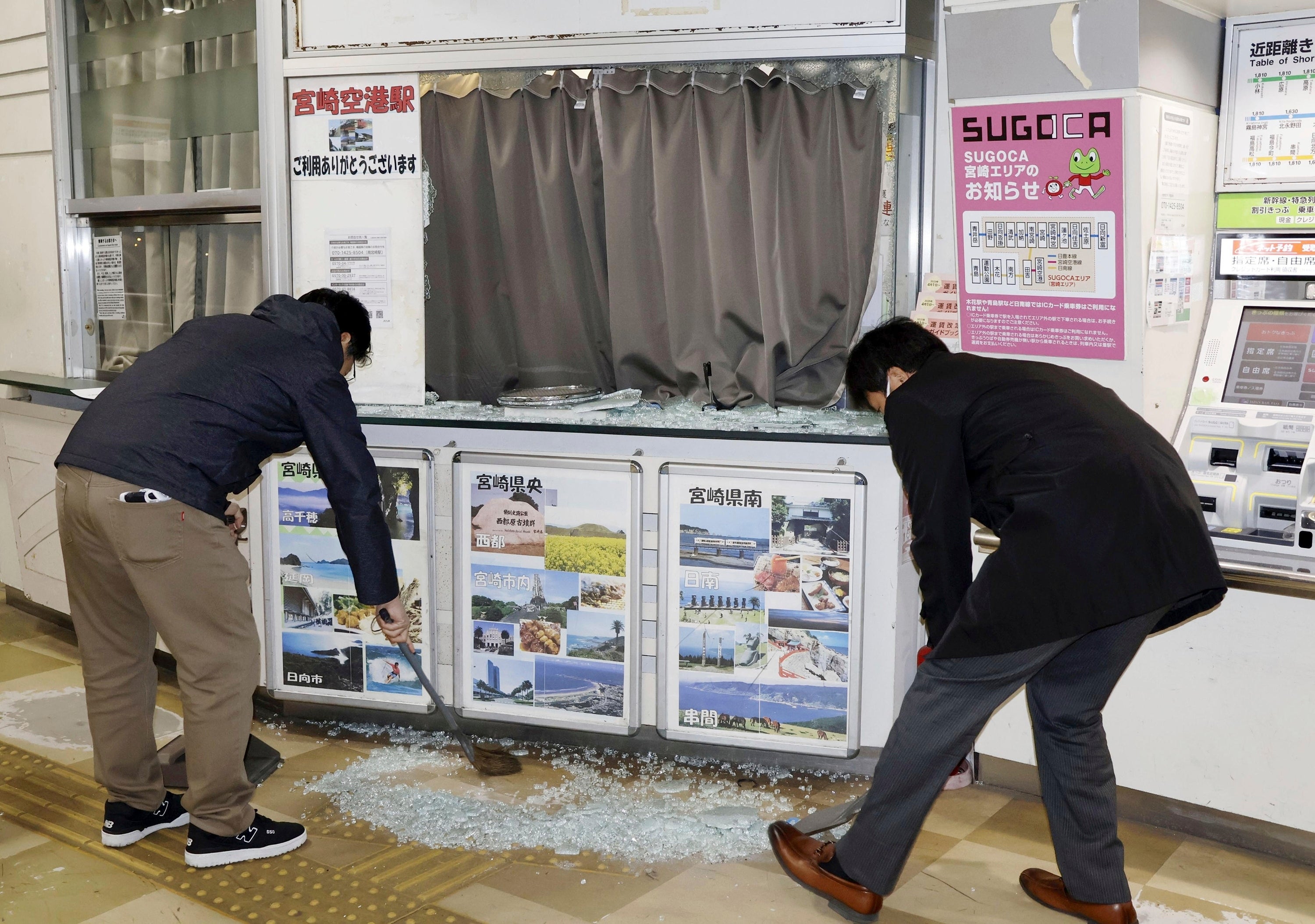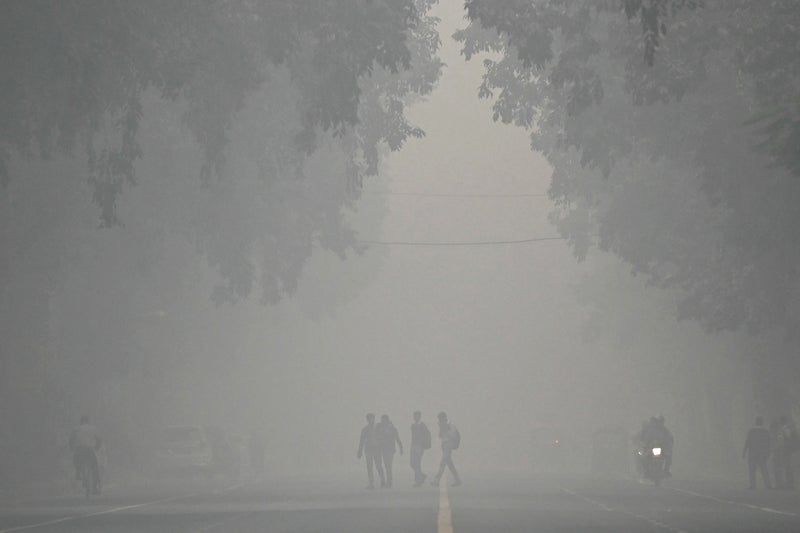Japan raises probability of megaquake to over 80% in next 30 years
Share:
Government panel reveals more than 80 per cent probability of massive earthquake along Nankai Trough, an 800km-long undersea trench near Japan’s Pacific coast. The probability of a “megaquake” happening in Japan within the next 30 years has risen to over 80 per cent, the government’s earthquake investigation panel found.
A megaquake is defined as an earthquake with a magnitude of 8 or greater, bringing the potential for exceptional destructive power and a strong likelihood of generating a tsunami. The most likely location for a megaquake in Japan is along the Nankai Trough, an 800km-long undersea trench near Japan’s Pacific coast, where the government panel said there was now more than 80 per cent probability of such an earthquake – up from a previous figure of 70-80 per cent.
Each year, the Headquarters for Earthquake Research Promotion updates the probability of earthquakes occurring along active faults and seabed areas around Japan, using data from 1 January. “This probability is a number indicating that it would be no surprise if an earthquake were to happen at any time,” Naoshi Hirata, head of the expert panel and professor emeritus at the University of Tokyo, said during a press conference.
“We’d like to ask people to continue to be prepared.”. The panel found that the likelihood of a megaquake in the Japan Trench and Chishima Trench has also increased, with a 20 per cent chance of an 8.6-magnitude quake off the coast of Tokachi. The cause of the potential earthquake is the movement of two tectonic plates: the Philippine Sea plate is slowly slipping beneath the continental plate that Japan sits on. As these plates move, they get stuck against each other. Over time, this causes energy to build up. When the plates finally break free from their stuck position, this energy is suddenly released, which could result in a megaquake.






















